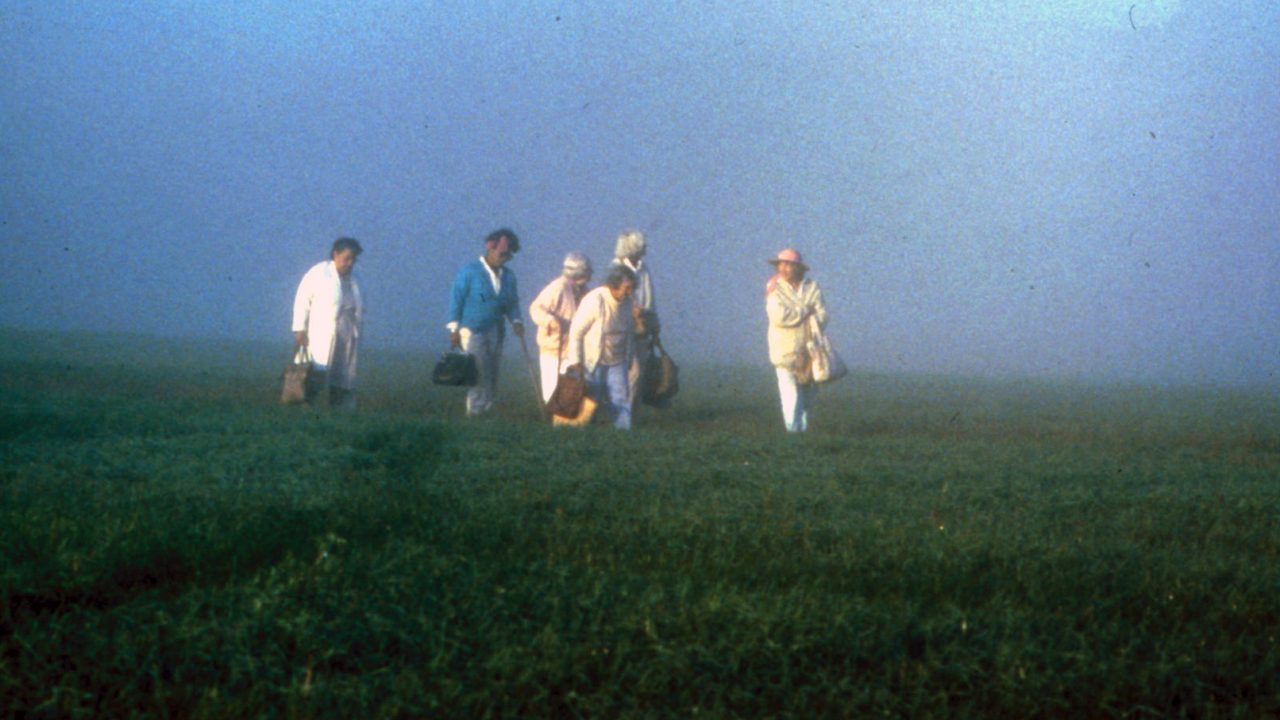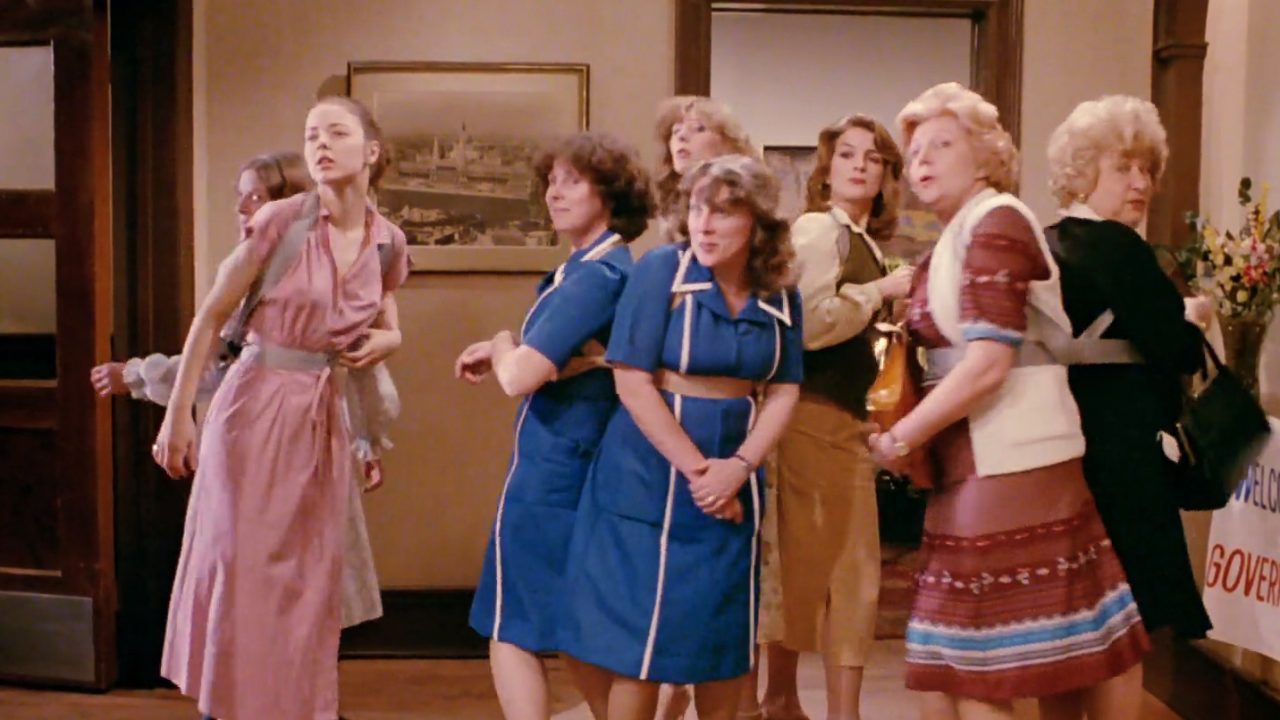
When Cousteau Came to Canada
When Cousteau Came to Canada
In the spring of 1980, legendary oceanographer Jacques Cousteau met with Canadian Government officials to discuss making a documentary on the St. Lawrence River and the Great Lakes. The National Film Board was brought in early to these discussions. Producer Jacques Bobet met with Captain Cousteau in April to discuss the production and complicated logistics of making such a film. The NFB and the Cousteau Society quickly agreed to co-produce two 90-minute films for television, to be shot on 16 mm.
Cousteau would co-produce with Bobet and lead the expedition. Jacques Gagné of the NFB was brought on board to direct the films. Noted NFB documentary filmmaker Michel Brault was originally approached to direct, but he refused, saying that he didn’t feel he would have enough control over the final product.
Cousteau was no stranger to film and television: His films The Silent World (1956) and World Without Sun (1964) had both won Oscars® for best documentary. Cousteau followed this with several National Geographic specials as well as a long running television series, The Undersea World of Jacques Cousteau (1966 to 1976), which was hugely popular in the United States. As a result of these, he became world famous in marine life studies.
The famed ship Calypso arrived in Canada in June. Gagné and his crew (including cameraman Guy Dufaux) went aboard and proceeded to film over 100 hours of material over the next few months from Labrador all the way to Duluth, Minnesota, via the Great Lakes.
Cousteau was very interested in the effects of pollution on the fragile ecosystems of these great bodies of water. He was also very concerned with the precarious situation of whales in the St. Lawrence.
Cries from the Deep, Jacques Gagné, provided by the National Film Board of Canada
While Gagné was technically the director of the films, these were to be Jacques Cousteau films. The Captain was clearly the star. This led to many disagreements about what to film, with Cousteau usually getting his way. Bobet later declared that it was not an easy collaboration but that the chance to work with Cousteau and make two “prestige” films outweighed any trepidation he might have had.
Eventually some shooting was done in the winter to complement what had already been filmed. The budget reached over one million dollars per film, considerably more than what was originally planned. However, the films would pay for themselves in the long run with television sales around the world.
Once the shooting was completed, three editors were brought in to make sense of all the footage. Theodore Strauss was signed by the Cousteau Society to write the narration for both films, as well as to narrate the English versions (Georges Wilson narrated the French versions). The CBC and Radio-Canada were brought in as co-producers when they agreed to broadcast the films. Interestingly, the CTV television network had originally bid to broadcast the films in Canada but was outbid by the CBC.
TF1 a French broadcaster and Bavaria Atelier of Germany also contributed financing in exchange for TV rights in their respective countries. The Cousteau Society had all rights in the USA for these films as well as in most of the Francophone countries throughout Europe and Africa. The NFB retained rights for the rest of the world, with a few minor exceptions.
Editing on Les pièges de la mer (Cries from the Deep) was finished first, so it was decided to release the film theatrically in French in an abbreviated, 80-minute version throughout Quebec. The film premiered in Montreal on July 9th, 1982, and played for over three months. Reviews were mostly favourable. The Cousteau name, and the fact that the film was shot partly in Quebec, guaranteed reasonable box-office.
In October both English versions premiered on the full CBC network: Cries from the Deep on October 6th and St. Lawrence: Stairway to the Sea exactly a week later. The films drew audiences of 1.8 million and 1.7 million viewers respectively. Reviews were mixed, especially for Cries from the Deep, which reviewers found long and tiresome. The full 96-minute version was broadcast as opposed to the 80-minute version that played theatrically. Showing the shorter version might have helped.
Despite this, all the reviewers were impressed with the final sequence where the crew of the Calypso help free a whale entrapped in a fishing net. The music in both films is spectacular and kudos must go to François Cousineau and John Scott for composing such rousing scores.
St. Lawrence: Stairway to the Sea, Jacques Gagné & Jacques-Yves Cousteau, provided by the National Film Board of Canada
One month later, on November 7th, Les pièges de la mer premiered on Radio-Canada television (in its full 96-minute version) with Du grand large aux Grands Lacs, playing on the 14th. Despite having already played theatrically so recently, Les pièges de la mer attracted a very respectable 877,000 viewers on television.
The films have their flaws, especially Cries from the Deep, which takes too long to get going, but they remain an exciting look at Canada’s most important bodies of water, as seen by the leading oceanographer of the time. The images captured in these films are spectacularly beautiful, and the message of how pollution is destroying these fragile ecosystems remains as pertinent today as it was in the early 1980s.
-
Pingback: National Film Board of Canada y “El Oceano”



